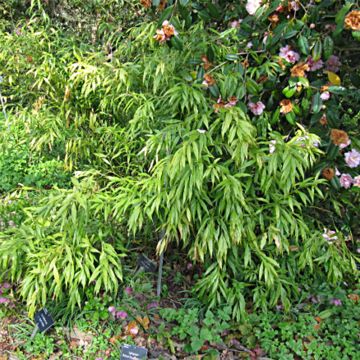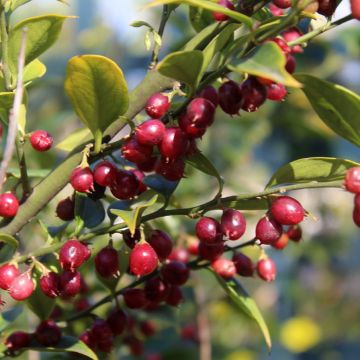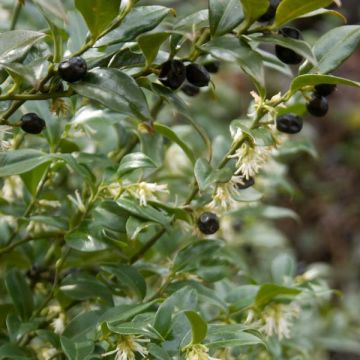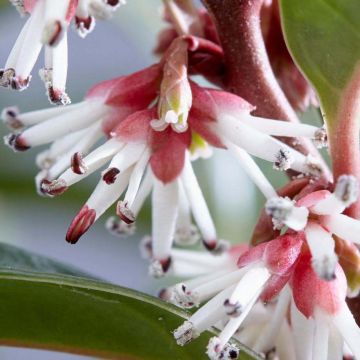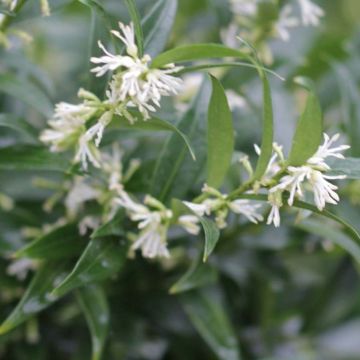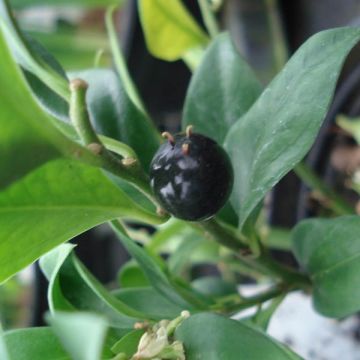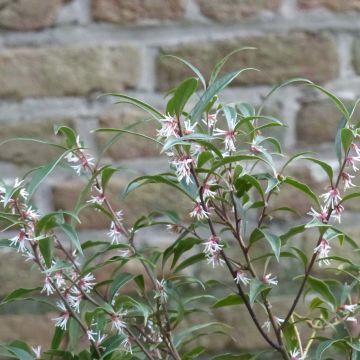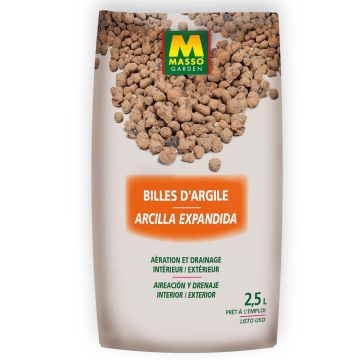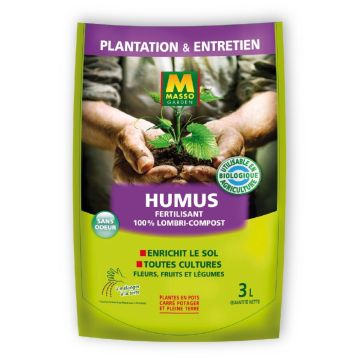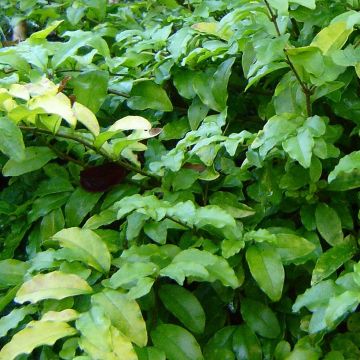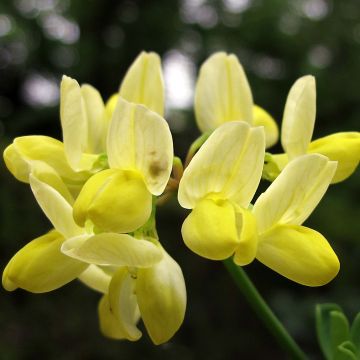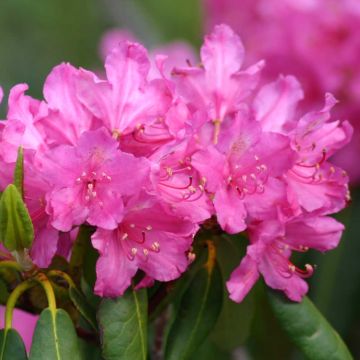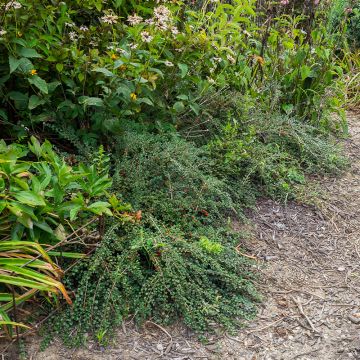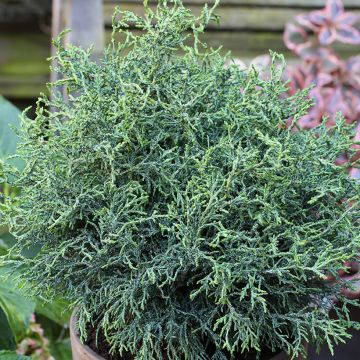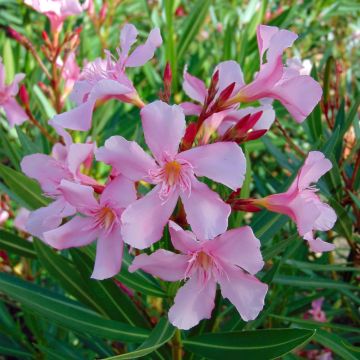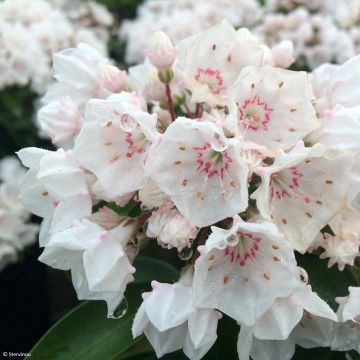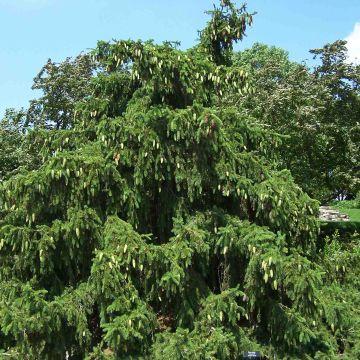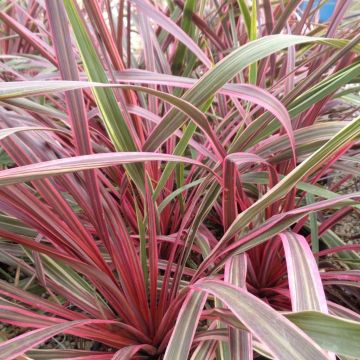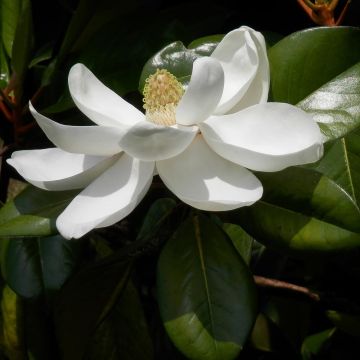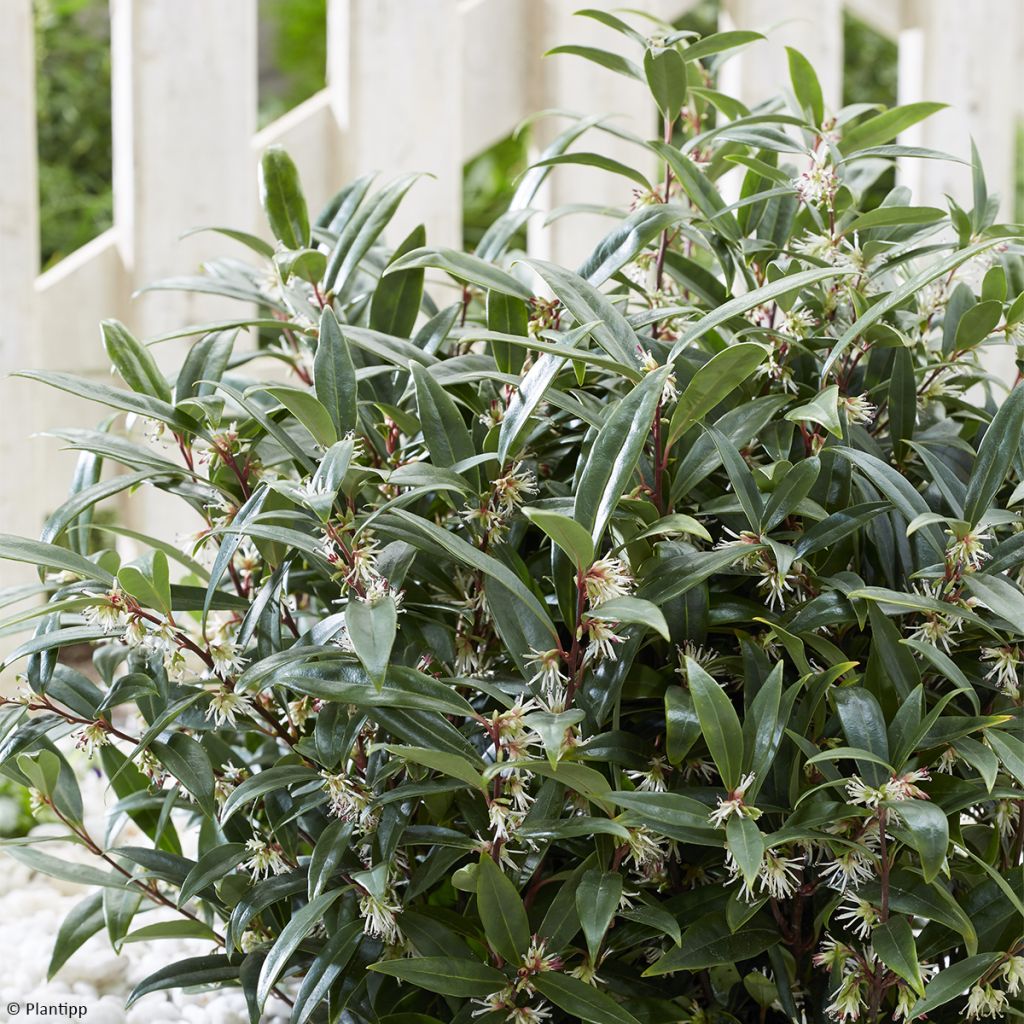

Sarcococca hookeriana Purple Gem ('PURPLERIJ1')
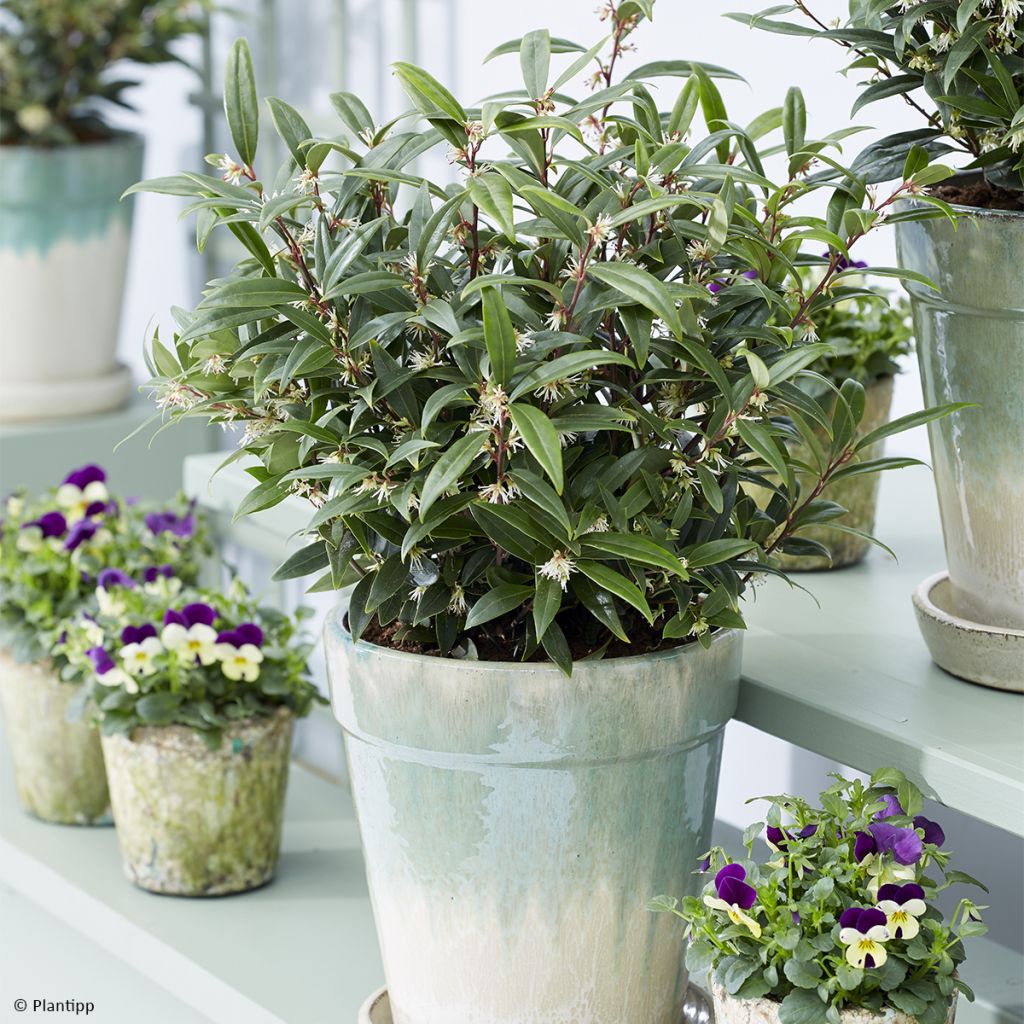

Sarcococca hookeriana Purple Gem ('PURPLERIJ1')
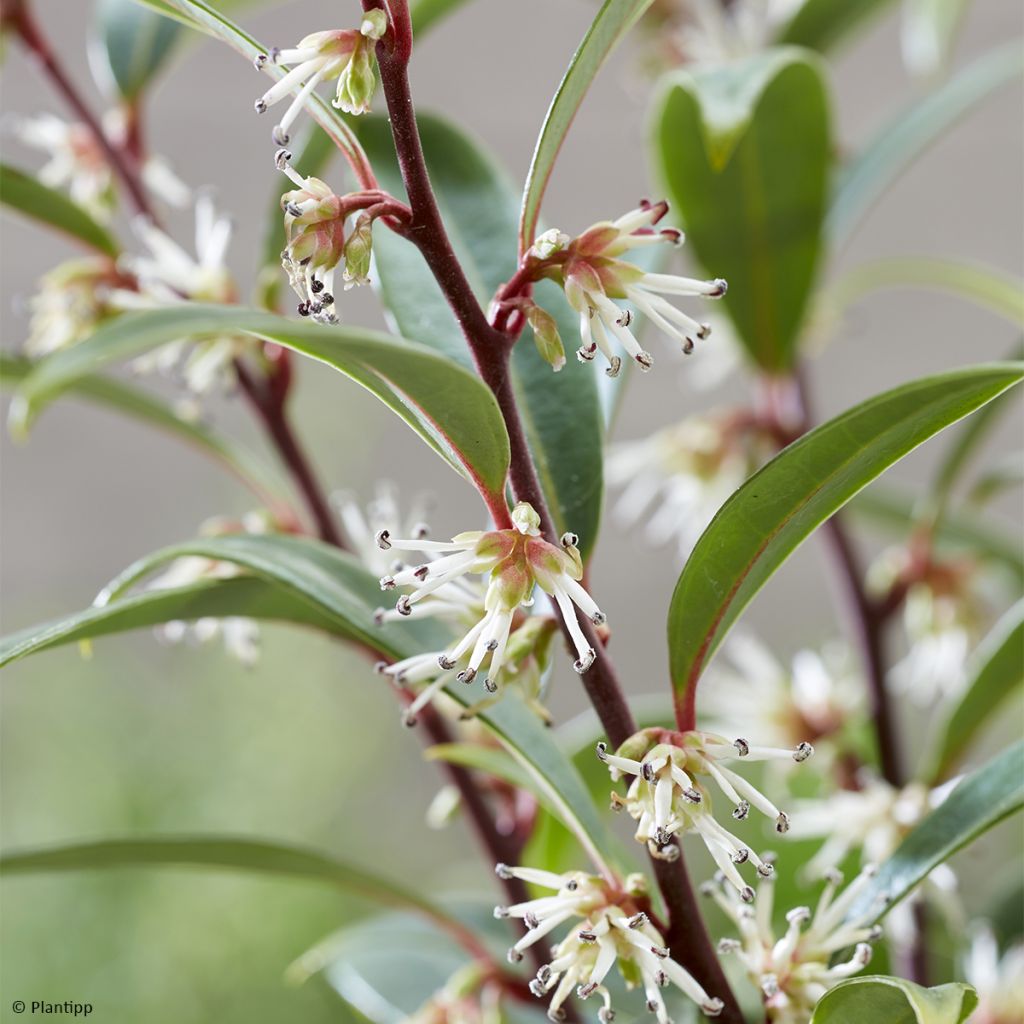

Sarcococca hookeriana Purple Gem ('PURPLERIJ1')
Sarcococca hookeriana Purple Gem
Sarcococca hookeriana var. digyna Purple Gem ('PURPLERIJ1')
Sweet Box, Christmas Box
This item cannot be shipped to the selected country
Delivery charge from €5.90
More information
Schedule delivery date,
and select date in basket
This plant carries a 24 months recovery warranty
More information
We guarantee the quality of our plants for a full growing cycle, and will replace at our expense any plant that fails to recover under normal climatic and planting conditions.
From €5.90 for pickup delivery and €6.90 for home delivery
Express home delivery from €8.90.

Does this plant fit my garden?
Set up your Plantfit profile →
Description
Sarcococca hookeriana 'Purple Gem' is a beautiful improvement on the Purple Stem cultivar, surpassing it in terms of floribundity, as well as having a more compact habit and denser foliage. 'Purple Gem' also develops a more robust root system, allowing it to adapt easily to any well-drained soil. It is a small, undemanding bush that thrives in dry, shady corners of the garden, as well as in containers, mixed borders, or as part of a small informal hedge. If it establishes itself among the roots of trees, slowly but surely. It will be more beautiful in fertile, slightly acidic soil that remains moist.
Sarcococca hookeriana var. digyna Purple Gem is a recent Dutch cultivar. Its wild ancestor, Hooker's sweetbox, is a branching rhizomatous shrub belonging to the buxus family, a close relative of the boxwood. This species is native to western China and the Himalayas and is commonly found in the evergreen forests of these regions. The 'Purple Gem' variety forms a small, dense bush with a compact habit and initially purple, then brown, arching stems, reaching approximately 75 cm (30in) in height and 50 cm (20in) in width at 10 years old. It will grow to about 1 m (3ft) in height and 80 cm (32in) in width over many years, as its growth is slow. Its dark green and glossy foliage is evergreen and has a leathery texture. The leaves are entire, lanceolate-oblong, and elongated, measuring 6-9 cm (2-4in) in length. The flowers are surrounded by pinkish-purple bracts and sometimes appear as early as the end of January, alongside the black fruits, creating a beautiful contrast. They appear in short axillary clusters along the branches and measure no more than 3 to 5 mm (1in) in length, petal-less with well-developed yellow-green stamens. This pleasantly scented flowering lasts for about 2 months, from February to April, depending on the climate.
This Purple Gem sarcococca offers delightfully scented flowers and elegant foliage during a period of the year often lacking in flowers and fragrance. While it grows slowly, like dwarf conifers, it knows how to blend into the background during the summer, but effectively structures small spaces in winter and requires little maintenance. It has the advantage of bringing a touch of spring to the garden throughout the winter season, just like mahonias and nandinas that can accompany it. It can be grown in borders, woodland areas, low hedges, or as ground cover. It only dislikes excessively chalky soils and can compete with tree roots. It pairs well with ferns, witch hazels, skimmias, aucubas, or Japanese azaleas. It can even be grown in a large pot.
Report an error about the product description
Plant habit
Flowering
Foliage
Botanical data
Sarcococca
hookeriana var. digyna
Purple Gem ('PURPLERIJ1')
Buxaceae
Sweet Box, Christmas Box
Cultivar or hybrid
Other Sarcococcas
Planting and care
Sarcococca are so undemanding that they are often reserved for the dry and shady corners of the garden. However, they are much more beautiful in moist and well-drained humus-rich soil (their roots do not like stagnant humidity). They appreciate partially shaded corners, sheltered from cold and dry winds that spoil their flowers and do not mind the presence of tree roots. This bush has the advantage of requiring little maintenance and likes to be forgotten. After flowering, prune lightly by removing branches that compromise its symmetry. If the winter damages the foliage, the plant will easily regrow from the stump. Sarcococca hookeriana dislikes too much limestone in the soil.
Planting period
Intended location
Care
-
, onOrder confirmed
Reply from on Promesse de fleurs
Evergreen shrubs
Haven't found what you were looking for?
Hardiness is the lowest winter temperature a plant can endure without suffering serious damage or even dying. However, hardiness is affected by location (a sheltered area, such as a patio), protection (winter cover) and soil type (hardiness is improved by well-drained soil).

Photo Sharing Terms & Conditions
In order to encourage gardeners to interact and share their experiences, Promesse de fleurs offers various media enabling content to be uploaded onto its Site - in particular via the ‘Photo sharing’ module.
The User agrees to refrain from:
- Posting any content that is illegal, prejudicial, insulting, racist, inciteful to hatred, revisionist, contrary to public decency, that infringes on privacy or on the privacy rights of third parties, in particular the publicity rights of persons and goods, intellectual property rights, or the right to privacy.
- Submitting content on behalf of a third party;
- Impersonate the identity of a third party and/or publish any personal information about a third party;
In general, the User undertakes to refrain from any unethical behaviour.
All Content (in particular text, comments, files, images, photos, videos, creative works, etc.), which may be subject to property or intellectual property rights, image or other private rights, shall remain the property of the User, subject to the limited rights granted by the terms of the licence granted by Promesse de fleurs as stated below. Users are at liberty to publish or not to publish such Content on the Site, notably via the ‘Photo Sharing’ facility, and accept that this Content shall be made public and freely accessible, notably on the Internet.
Users further acknowledge, undertake to have ,and guarantee that they hold all necessary rights and permissions to publish such material on the Site, in particular with regard to the legislation in force pertaining to any privacy, property, intellectual property, image, or contractual rights, or rights of any other nature. By publishing such Content on the Site, Users acknowledge accepting full liability as publishers of the Content within the meaning of the law, and grant Promesse de fleurs, free of charge, an inclusive, worldwide licence for the said Content for the entire duration of its publication, including all reproduction, representation, up/downloading, displaying, performing, transmission, and storage rights.
Users also grant permission for their name to be linked to the Content and accept that this link may not always be made available.
By engaging in posting material, Users consent to their Content becoming automatically accessible on the Internet, in particular on other sites and/or blogs and/or web pages of the Promesse de fleurs site, including in particular social pages and the Promesse de fleurs catalogue.
Users may secure the removal of entrusted content free of charge by issuing a simple request via our contact form.
The flowering period indicated on our website applies to countries and regions located in USDA zone 8 (France, the United Kingdom, Ireland, the Netherlands, etc.)
It will vary according to where you live:
- In zones 9 to 10 (Italy, Spain, Greece, etc.), flowering will occur about 2 to 4 weeks earlier.
- In zones 6 to 7 (Germany, Poland, Slovenia, and lower mountainous regions), flowering will be delayed by 2 to 3 weeks.
- In zone 5 (Central Europe, Scandinavia), blooming will be delayed by 3 to 5 weeks.
In temperate climates, pruning of spring-flowering shrubs (forsythia, spireas, etc.) should be done just after flowering.
Pruning of summer-flowering shrubs (Indian Lilac, Perovskia, etc.) can be done in winter or spring.
In cold regions as well as with frost-sensitive plants, avoid pruning too early when severe frosts may still occur.
The planting period indicated on our website applies to countries and regions located in USDA zone 8 (France, United Kingdom, Ireland, Netherlands).
It will vary according to where you live:
- In Mediterranean zones (Marseille, Madrid, Milan, etc.), autumn and winter are the best planting periods.
- In continental zones (Strasbourg, Munich, Vienna, etc.), delay planting by 2 to 3 weeks in spring and bring it forward by 2 to 4 weeks in autumn.
- In mountainous regions (the Alps, Pyrenees, Carpathians, etc.), it is best to plant in late spring (May-June) or late summer (August-September).
The harvesting period indicated on our website applies to countries and regions in USDA zone 8 (France, England, Ireland, the Netherlands).
In colder areas (Scandinavia, Poland, Austria...) fruit and vegetable harvests are likely to be delayed by 3-4 weeks.
In warmer areas (Italy, Spain, Greece, etc.), harvesting will probably take place earlier, depending on weather conditions.
The sowing periods indicated on our website apply to countries and regions within USDA Zone 8 (France, UK, Ireland, Netherlands).
In colder areas (Scandinavia, Poland, Austria...), delay any outdoor sowing by 3-4 weeks, or sow under glass.
In warmer climes (Italy, Spain, Greece, etc.), bring outdoor sowing forward by a few weeks.

































